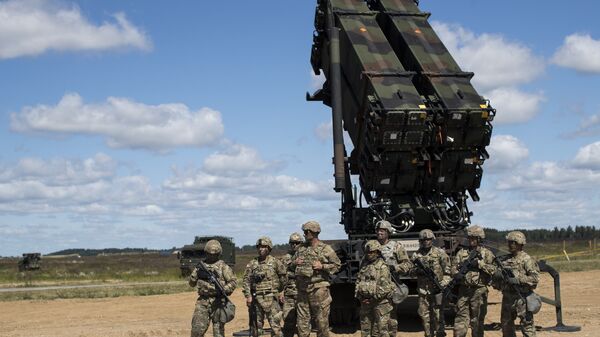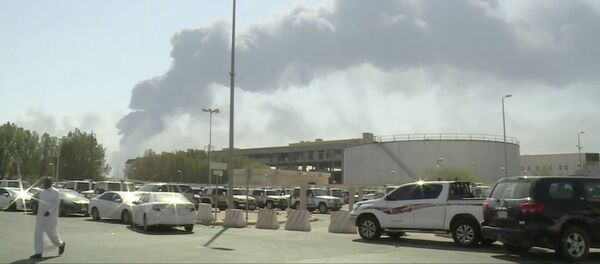The US and France are planning to undertake steps in order to prevent future attacks on Saudi Arabia's oil refineries by improving the country’s radar network so it can detect incoming threats in a timely manner.
The commander of the US forces deployed in the Middle East, General Kenneth McKenzie, stated that the Pentagon is continuing to study the data from the September 2019 attack on Saudi Aramco facilities. Once it understands where the gap in the defences was, the US will start working on fixing it.
"We continue to refine information on the attack against [Saudi state oil firm] Aramco […] We are working with the Saudis to increase the networking of their systems. That will make them better able to defend against this type of threats", McKenzie said.
French Defence Minister Florence Parly, in turn, said that Paris will be sending advanced radars to Saudi Arabia to help it detect low-altitude flying weaponry, which was reportedly used in the attack on the refineries.
"It will be in Saudi Arabia in the coming days so it will be operational very, very rapidly. But there is an analysis to be done in order to better identify how to fill the gap", the minister explained.
Attack on Saudi Refineries
Saudi Aramco's two biggest oil processing facilities at Abqaiq and Khurais were crippled following a missile and drone attack on 14 September, severely crippling the country's oil output. Yemen’s Houthis, who have repeatedly sent their drones to strike Saudi Aramco's facilities in the past, claimed responsibility for the attack.
Despite this, the US accused Iran of carrying it out, without presenting any credible proof to substantiate the claim. Tehran has denied involvement in the attacks on Saudi Aramco and condemned the US accusations as "unacceptable and entirely baseless".
Riyadh claims that the drones used in attacks were produced in Iran, citing studies of the remains of the unmanned aircraft, and vowed to conduct a thorough investigation of the incident. Tehran, in turn, demanded access to the debris of the drones to verify the claims.






